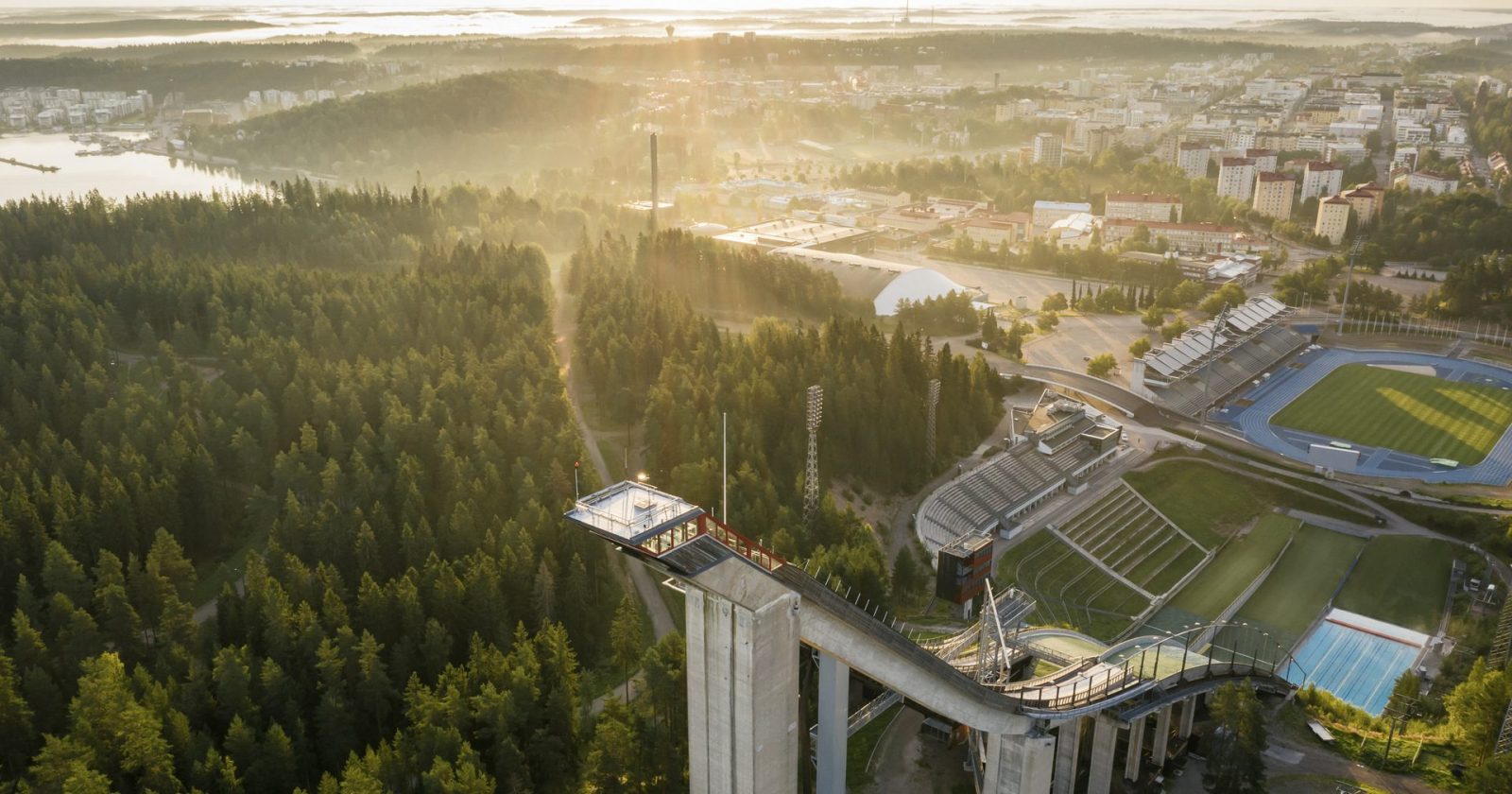In the southernmost part of the vast Lakeland of Finland, Salpausselkä Geopark features a diverse landscape of forest-covered ridges and hills, hundreds of lakes, rolling fields and outcrops of a nearly two billion years old bedrock. The geopark stretches from the First Salpausselkä ridge to the southern Lake Päijänne, encompassing six municipalities: Lahti, Hollola, Heinola, Asikkala, Padasjoki and Sysmä.
Breath-taking sceneries, easily accessible nature attractions and four distinct seasons make the area ideal for recreation, outdoor activities and geotourism all year round – whether enjoying the endless summer days or the peaceful darkness of winter. The area can be reached in less than an hour by train from Helsinki, the capital.
A landscape created by water
The outstanding landforms – the Salpausselkä ridges and the winding eskers – were deposited by ancient meltwater streams at the end of the last Ice Age. The ridges and the plentiful water bodies have been used as passageways since prehistoric times.
The scenic ‘landscape created by water’ is also a significant source of water: the massive landforms hold within abundant, renewable reserves of groundwater, filtered by the thick layers of sand and gravel. Groundwater is enjoyed as naturally pure drinking water and it is also an important natural resource for the region’s strong food and beverage industry.
Salpausselkä Geopark is the fourth UNESCO Global Geopark in Finland. The other three are Rokua Geopark, Lauhanvuori-Hämeenkangas Geopark and Saimaa Geopark. Together the UNESCO designated areas increase Finland’s international tourism appeal and give the country visibility worldwide.
